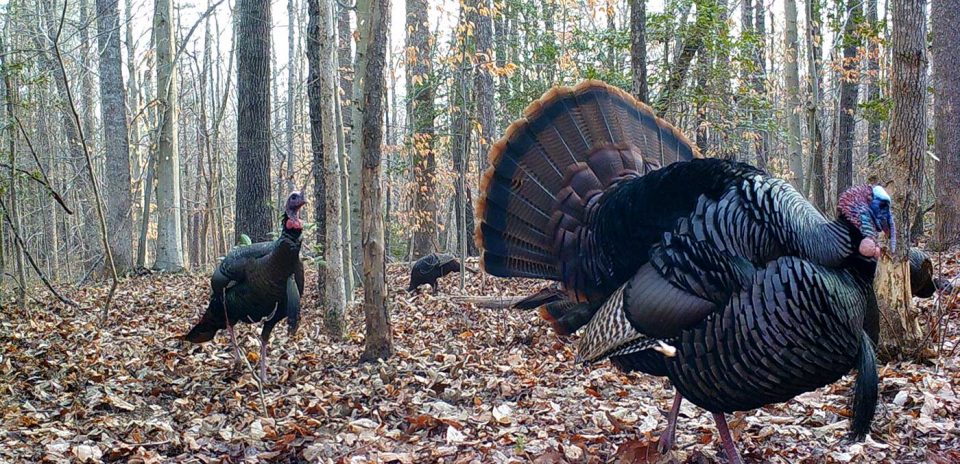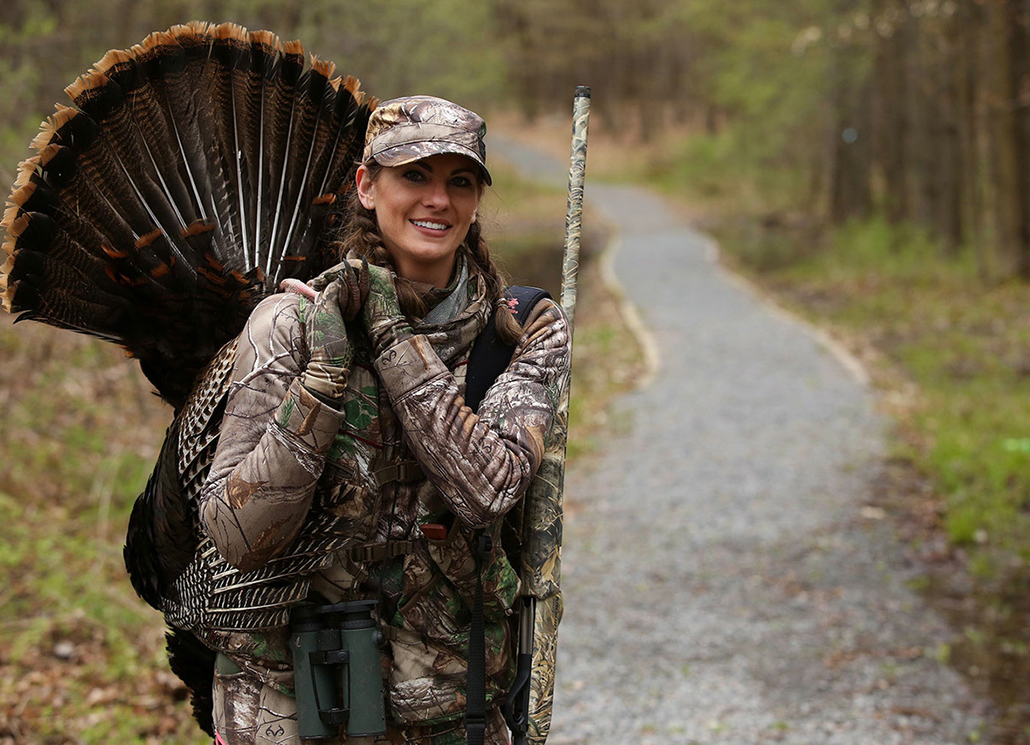Wild turkey hunting is perhaps the most popular of all the few spring hunts in America. Mostly males are hunted, while females are kept in the population for reproduction. The turkey is also a symbol of Thanksgiving, a harvest celebration in Canada in October and in the United States in November. American Indians taught the first settlers how to grow local crops and hunt, including turkeys. Several different subspecies of the latter are widely spread across the continent. They are found in all states of the United States, except Alaska, in several provinces of Canada, as well as in Mexico.
There is even the concept of “Grand Turkey Hunting Helmet” – it is conditionally received by a hunter who got a copy of each of the four main subspecies, distributed in different places. In addition to the Grand Slam, there is also the Royal, World, Canadian and Mexican, as classified by the American National Federation of Wild Indians. This organization brings together turkey hunters.
Wild turkey is a large bird of dark, almost black color, with a bronze tint weighing up to 10 kilograms, although there are larger specimens. Females weigh almost half as much as males. Turkeys spend the whole day on the ground, taking off to trees only in case of extreme danger or overnight. When they take off, they make a lot of noise with their huge wings. Turkey is spent most of the year in flocks of several to tens of turkeys. Like many other species, they know very well that the more eyes and ears they have on guard, the safer they are. Turkeys have sharp eyesight and excellent hearing, so hunting them is not easy. It is produced both in spring and autumn, although spring hunting is more popular during the mating season. During spring hunting turkeys are allowed to be shot “with a beard”. Males have a bunch of hair on their chest (although it is probably feathers in a scientific way, but it is very similar to hair), which is called a beard and is the most reliable hallmark of sex, as males and females are indistinguishable in color.
The method of spring hunting

The method of spring hunting is to lure the male with the female voice, often used by the female scarecrow, and sometimes even by the young male in addition. The presence of the latter causes such indignation in mature turkeys that they forget about caution and attack the “opponent”. It is not uncommon for predators to take stuffed animals for real turkeys and start hunting them. If it’s a coyote, you can only laugh at it, but there are cases when bears and even cougars (mountain lions) were so “wrong”. And if a hunter is armed only with a bow and arrows, then his position in this situation is not jealous.
Calls on turkeys are divided into friction-based (wooden, glass, etc.) and “wind” ones, i.e. where one should blow in one way or another. Sometimes hunters use calls with the voice of an owl or a crow to find turkeys in the area. The fact is that males often react by shouting at the voices of these birds. Sometimes, when you slam the car door, you can hear a turkey scream back. You can find the best calls here https://opticzoo.com/best-diaphragm-turkey-calls-reviews/.
A call with the voice of a male turkey is rarely used, but this is not recommended for safety reasons. The fact is that other hunters, when they hear the male voice, may decide to hunt him, and the hunter who appears to be a turkey may be at risk. Since hunters usually use camouflage, including gloves, masks, or facial make-up (even weapons that are often camouflaged) to go unnoticed, it is not difficult for them to get in the line of fire in such a disguised form. A well-disguised hunter lures a turkey, keeping it completely still, as all animals, including turkeys, notice the movement very well. Some hunters use mobile scratches, especially bowed hunters, as the string tension before the shot can be easily noticed by a cautious bird.
